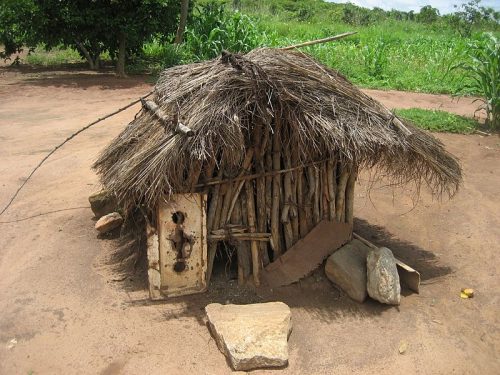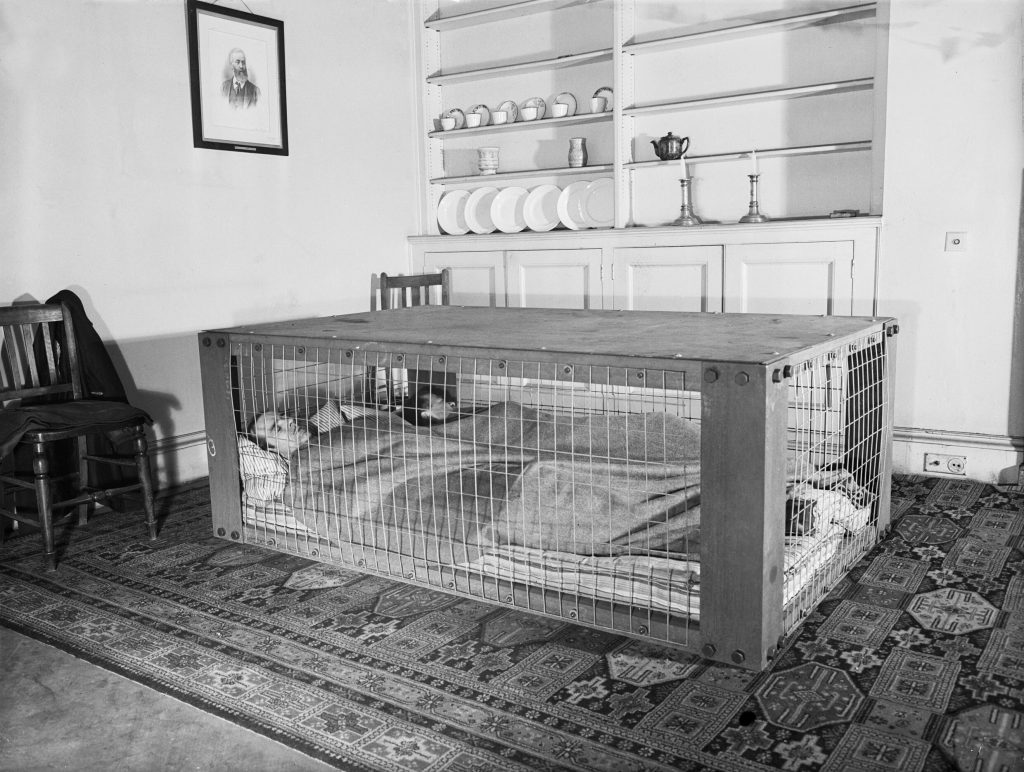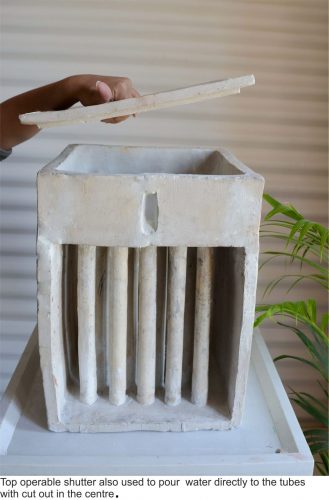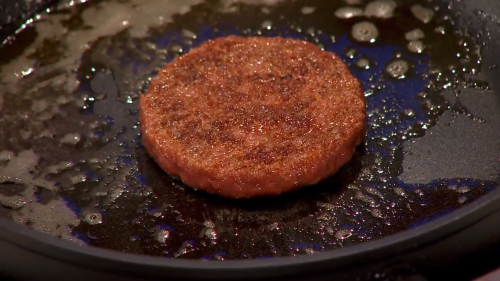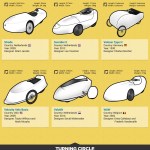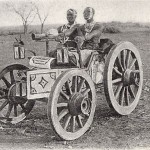Summarized from [paywall]: Trainer, T., A. Malik, and M. Lenzen. “A Comparison Between the Monetary, Resource and Energy Costs of the Conventional Industrial Supply Path and the “Simpler Way” Path for the Supply of Eggs.” Biophysical Economics and Resource Quality 4.3 (2019): 9.
Traditional housing for chickens in Zembe, Mozambique. By Ton Rulkens – Traditional housing 2, CC BY-SA 2.0.
Global sustainability requires large-scale reductions in rich world per capita resource use rates. Globalised, industrialised and commercialised supply paths involve high resource, energy, dollar and other costs. However, “The Simpler Way” involving small-scale integrated localised settlements and economies can enable enormous reductions in these costs. This study uses input–output analysis of one product, eggs, to illustrate how big the difference between the two paths can be. [Read more…]
